Hauteur de la surface de la mer
Type of resources
Available actions
Topics
Provided by
Years
Formats
Representation types
Update frequencies
status
Scale
Resolution
-
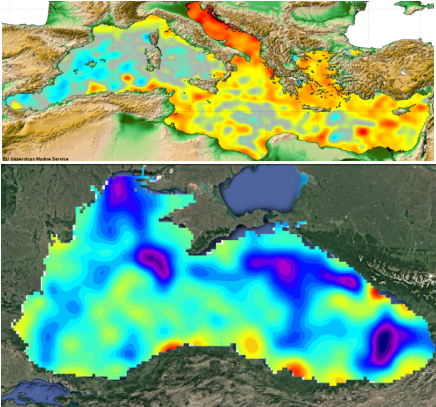
Produit altimétrique combiné (multimissions) régional comprenant les hauteurs de surface (anomalies de hauteurs de mer, topographie dynamique) et variables dérivées (anomalies de courants géostrophiques et courants géostrophiques aboslus) calculées par rapport à une moyenne sur vingt ans.
-
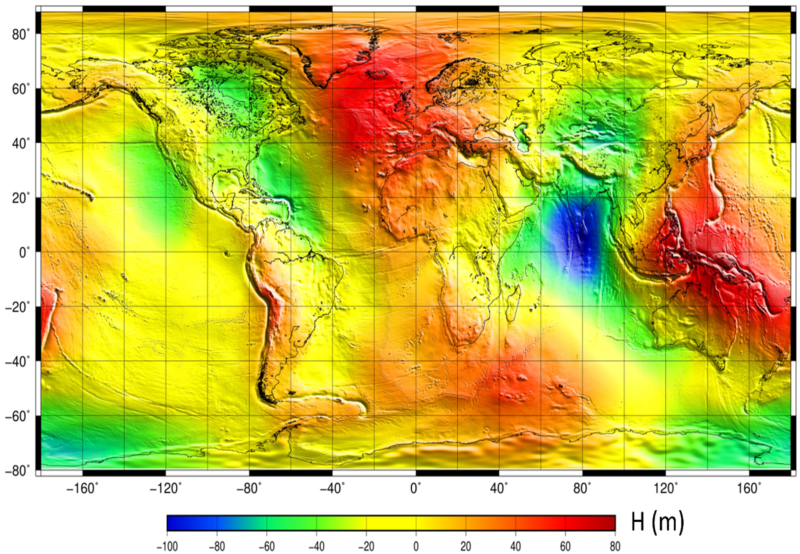
La surface moyenne océanique (Mean Sea Surface MSS, en anglais) est un élément important en océanographie physique, en géophysique et en géodésie. Elle correspond à la hauteur moyenne stable, de la surface de l'océan.. Le produit MSS CNES CLS est un produit altimétrique auxiliaire représentant la hauteur moyenne de l'océan par rapport à l'ellipsoïde de référence T/P ou WGS84. Cette surface est fournie sur une grille régulière (1/60°x1/60°). Une grille d'erreur d'estimation est également fournie.
-

Monomission altimeter satellite along-track sea surface heights computed with respect to a twenty-year mean. Previously distributed by Aviso+, no change in the scientific content. All the missions are homogenized with respect to a reference mission which is currently OSTM/Jason-2. The sla is computed with an optimal and centered computation time window (6 weeks before and after the date). Two kinds of datasets are proposed: filtered (nominal dataset) and unfiltered.
-
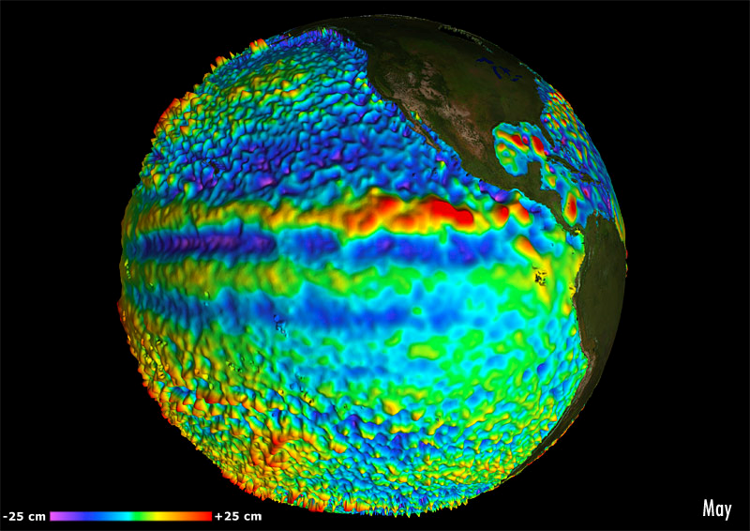
Multimission altimeter satellite gridded Sea Level Anomalies and derived variables computed with respect to a twenty-year mean. Previously distributed by Aviso+, no change in the scientific content. All the missions are homogenized with respect to a reference mission. The sla is computed with an optimal and centered computation time window (6 weeks before and after the date). Two kinds of datasets are proposed: filtered (nominal dataset) and unfiltered.
-
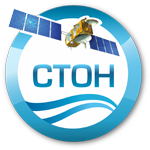
GDR L2 from US Navy augmented by CTOH with new corrections or parameters
-
Les variations barystatiques et manométriques du niveau marin représentent la composante de masse des variations du niveau marin aux échelles globale et régionale respectivement. Les variations barystatiques et manométriques du niveau marin sont estimées ici à partir du bilan du niveau marin. Le calcul du bilan du niveau marin combinent les mesures d’altimétrie radar satellitaires à celles de capteurs in situ. Cette approche par résolution du bilan marin est basée sur l’étude de Barnoud et al., (2023). Deux produits sont distribués sur la période de janvier 1993 à décembre 2020: - Les variations barystatiques du niveau de la mer à partir du bilan marin : séries chronologiques mensuelles, - Les variations manométriques du niveau de la mer par rapport au bilan marin: grilles mensuelles de 1°x1°
-
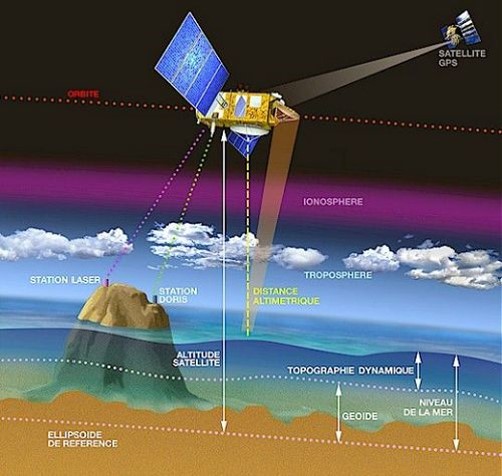
Produits altimétriques monomissions OSTM/Jason-2. Ces produits ont été produits par CLS dans le cadre du projet Pistach, financé par le Cnes.
-

For the Global Ocean - Monomission altimeter satellite along-track sea surface heights computed with respect to a twenty-year mean. Previously distributed by Aviso+, no change in the scientific content. All the missions are homogenized with respect to a reference mission which is currently OSTM/Jason-2. The sla is computed with an optimal and centered computation time window (6 weeks before and after the date). Two kinds of datasets are proposed: filtered (nominal dataset) and unfiltered.
-
Les variations barystatiques et manométriques du niveau marin représentent la composante de masse des variations du niveau marin aux échelles globale et régionale respectivement. Les variations barystatiques et manométriques du niveau marin sont estimées ici à partir de la gravimétrie, issues des mesures des missions de gravimétrie spatiale GRACE et GRACE - Follow On. Deux produits sont distribués sur la période avril 2002 à août 2022 : - Les variations barystatiques du niveau de la mer à partir de la gravimétrie : séries temporelles mensuelles, - Les variations manométriques du niveau de la mer à partir de la gravimétrie : grilles mensuelles 1x1°.
-
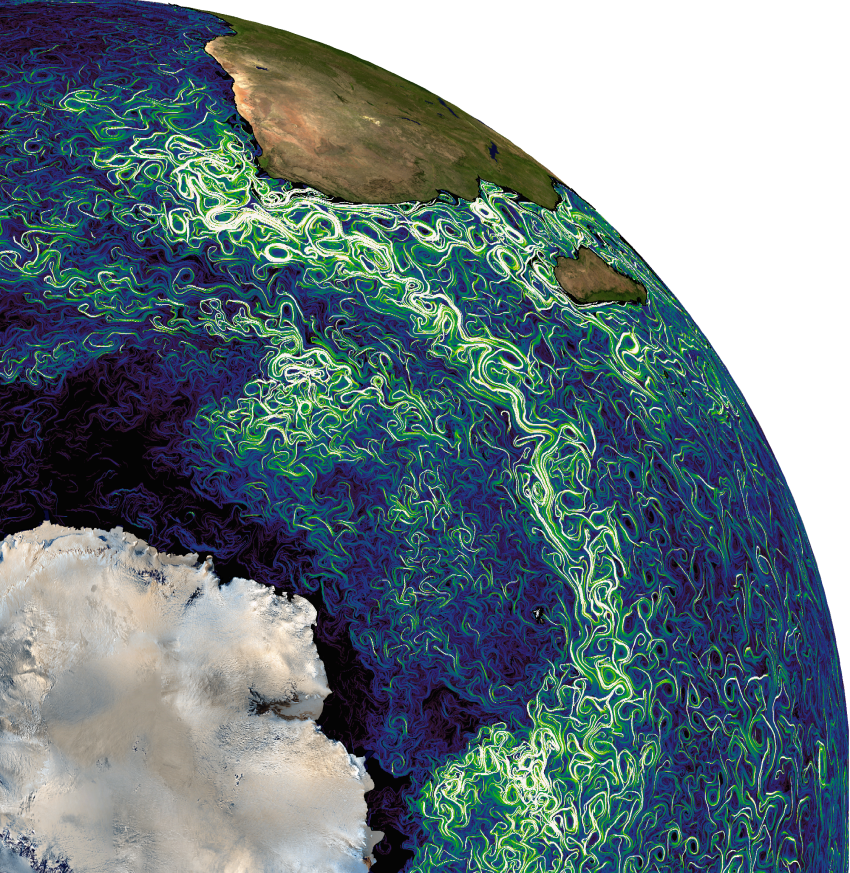
 Catalogue PIGMA
Catalogue PIGMA